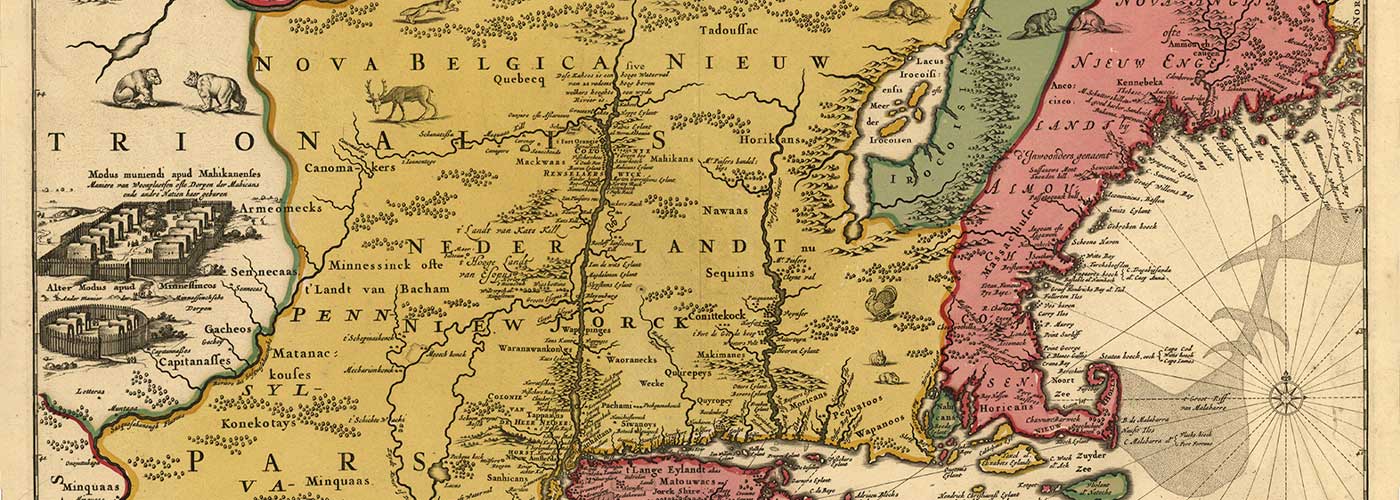Dunbar Prisoners in New England
The Unity arrived in Boston in mid-December, a remarkably quick voyage for that time of year. The number of Scots who survived the voyage is unknown, as are most of their names. Of the 150 men who left London, however, the Company of Undertakers kept sixty-two for ironworks operations. Thirty-six prisoners went to Saugus, and seventeen worked for manager William Aubrey in the company’s Boston warehouse. The remaining nine intended for the ironworks were sent to the Braintree forge or sold to local farmers and artisans soon after their arrival. Fifteen Unity prisoners went to the sawmills in Maine under the management of Richard Leader, the former manager of the Saugus ironworks, and his brother George. Fifteen more went to other mills in Maine and New Hampshire. The remaining men were sold to farmers and merchants in New England. Thus of the 150 Scots sent to Massachusetts in 1650, only the thirty-six sent directly to Saugus can be positively identified as part of the Unity contingent. Many others can be tentatively associated with this group, however, based on the dates that they begin to appear in court records.”1
Worcester Prisoners in New England
While most of the Dunbar prisoners have been identified as living in New England that is not the case for the Battle of Worcester prisoners. While several have been identified as residing in New England there are still a lot whose whereabouts after arriving in Massachusetts Bay Colony are still unknown. Much work is needed in identifying the 272 men listed on the John & Sara list. Please contact us if you are willing to help with the John & Sara prisoner research.
Learn More
Maine
- The Scottish Prisoners of 1650, Old Berwick Historical Society
Massachusetts
- Reading, Middlesex County
- Saugus Iron Works, Lynn
- SPOWs in The Essex Genealogist, 1986
- The Scots Charitable Society of Boston
- Winthrop Buys Passage for Ironworkers at Mass Moments, 05 May 1643
New Hampshire
- Oyster River Scots by B. Craig Stinson
- Early Settlers in Exeter
Credit: Map of New England titled Novi Belgii Novaeque Angliae : nec non partis Virginiae tabula multis in locis emendata by Nicolaes Visscher, 1651-55
- Hamilton, Marsha L.. Social and Economic Networks in Early Massachusetts: Atlantic Connections (University Park, Pennsylvania: The Pennsylvania State University, 2009), page 42. You can see it at “books.google.com” [↩]




